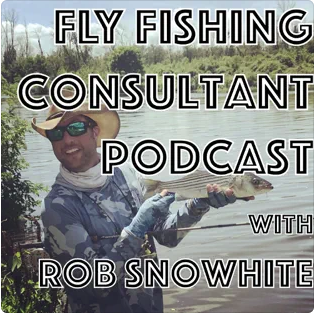Fish Sticks
Well-known member
Moved from Pigeon creek thread.
Mike on a related note french creek won ricer of the year award for biodiversity. O have to double check what i read but think it had 2 endangered Darters (Iowa and eastern sand darter) and 4 threatened ones along with hellbenders a species of greatest conservation need (SGCN). Do you know if stocking happens directly over any of these at risk species or in the same streams. I know many tributaries to french creek are stocked. I saw invasive brown trout pose a threat to endangered candy darter and wondered if Pa fish and boat had altered stocking at all for endangered species or at risk in the watershed.

 www.wvgazettemail.com
www.wvgazettemail.com

Has anyone studied the effects of stocking in the french creek watershed or invasive trout species in regards to iowa darter or eastern sand darter?
Mike on a related note french creek won ricer of the year award for biodiversity. O have to double check what i read but think it had 2 endangered Darters (Iowa and eastern sand darter) and 4 threatened ones along with hellbenders a species of greatest conservation need (SGCN). Do you know if stocking happens directly over any of these at risk species or in the same streams. I know many tributaries to french creek are stocked. I saw invasive brown trout pose a threat to endangered candy darter and wondered if Pa fish and boat had altered stocking at all for endangered species or at risk in the watershed.

WV DNR seeks bait, stocking changes to protect endangered candy darter
For anglers who use minnows for trout bait, a brightly colored 3-inch fish could spell trouble.
Has anyone studied the effects of stocking in the french creek watershed or invasive trout species in regards to iowa darter or eastern sand darter?




